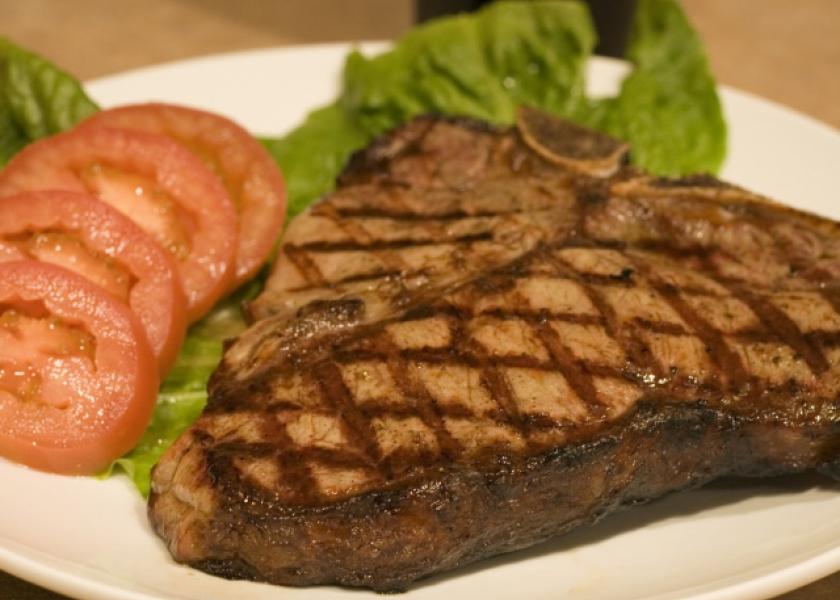New Measures of Beef Quality

Much of how you raise and market cattle today is rooted in a landmark study completed a quarter-century ago. The 1991 National Beef Quality Audit (NBQA) provided a report card for beef, and the results outlined some stunning realities.
The early 1990s were dark days. Consumer beef demand was in free-fall and the poultry industry was rapidly stealing market share with a variety of product-savvy innovations and services. Meanwhile, beef was stuck trying to sell consumers products we wanted to produce, rather than products consumers wanted to buy.
Meat case surveys in the early 1990s counted more than 3,000 different chicken products, yet the beef case was dominated by its three old standbys—steaks, roasts and hamburger. Chicken producers discovered consumers didn’t want to buy whole fryers, and “They wouldn’t know what to do with one if we gave them away.”
Envy of the poultry industry’s success, and the realization that beef was on course to become obsolete, the NBQA began to identify problems and seek solutions. The quality audit gathered data and information from every segment of the beef chain—producers, packers, purveyors, retailers and restaurants—to identify quality problems.
“Too big, too fat, too inconsistent,” is how Hop Dickinson, former CEO of the American Hereford Association, described cattle at the time.
What he and others saw was a cumulative $280 per head loss from inferior quality—waste, taste, management and carcass weight. The waste (fat and muscling) accounted for $219 (78%) of losses. It’s important to note fed cattle at the time were selling for about $75 per cwt, and comparable losses today would amount to roughly $435 per head.
The beef industry scrambled to correct defects. Between 1995 and 2000, NBQAs reported losses due to injection site lesions, presence of bruises on carcasses, hide damage due to parasites and brands and other defects had been reduced 22.8%.
While reviewing quality audits from 20 or 25 years ago remains important to gauge progress toward a goal, it’s also critical to recognize the goal is a constantly moving target. For instance, today’s consumer wouldn’t bother to look at a beef cut with excessive fat. They’re accustomed to finding branded beef products that provide more consistency of both size and palatability. In fact, the recent National Meat Case Study found 96% of all beef is branded with a store or a supplier brand.
So what’s important today? The 2011 NBQA ranked “food safety” at the top of the list, with “eating satisfaction” second. Making its first appearance on the list was “How and where cattle were raised.” That was five years ago, and it’s safe to assume the “how and where” quality trait will remain a top concern for years to come.
NBQAs offer a measuring stick for beef, and producers have responded with changes to genetics and management. But consumers are constantly raising the bar. That means in order for your beef operation to remain successful, you’ll need to continue producing safe, tasty beef while adequately passing the “how and where” test.







